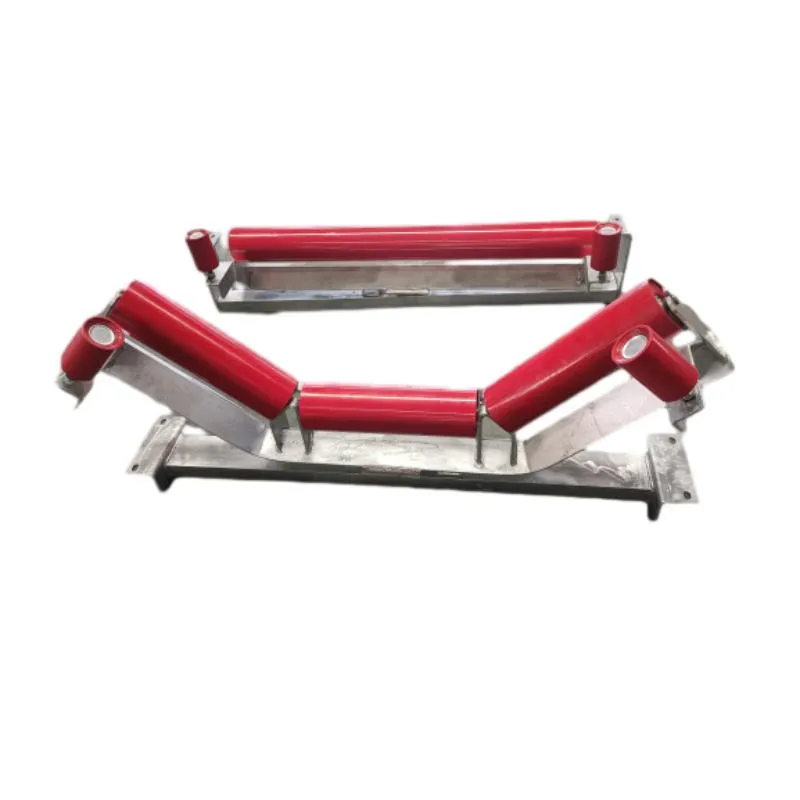 Afrikaans
Afrikaans  Albanian
Albanian  Amharic
Amharic  Arabic
Arabic  Armenian
Armenian  Azerbaijani
Azerbaijani  Basque
Basque  Belarusian
Belarusian  Bengali
Bengali  Bosnian
Bosnian  Bulgarian
Bulgarian  Catalan
Catalan  Cebuano
Cebuano  Corsican
Corsican  Croatian
Croatian  Czech
Czech  Danish
Danish  Dutch
Dutch  English
English  Esperanto
Esperanto  Estonian
Estonian  Finnish
Finnish  French
French  Frisian
Frisian  Galician
Galician  Georgian
Georgian  German
German  Greek
Greek  Gujarati
Gujarati  Haitian Creole
Haitian Creole  hausa
hausa  hawaiian
hawaiian  Hebrew
Hebrew  Hindi
Hindi  Miao
Miao  Hungarian
Hungarian  Icelandic
Icelandic  igbo
igbo  Indonesian
Indonesian  irish
irish  Italian
Italian  Japanese
Japanese  Javanese
Javanese  Kannada
Kannada  kazakh
kazakh  Khmer
Khmer  Rwandese
Rwandese  Korean
Korean  Kurdish
Kurdish  Kyrgyz
Kyrgyz  Lao
Lao  Latin
Latin  Latvian
Latvian  Lithuanian
Lithuanian  Luxembourgish
Luxembourgish  Macedonian
Macedonian  Malgashi
Malgashi  Malay
Malay  Malayalam
Malayalam  Maltese
Maltese  Maori
Maori  Marathi
Marathi  Mongolian
Mongolian  Myanmar
Myanmar  Nepali
Nepali  Norwegian
Norwegian  Norwegian
Norwegian  Occitan
Occitan  Pashto
Pashto  Persian
Persian  Polish
Polish  Portuguese
Portuguese  Punjabi
Punjabi  Romanian
Romanian  Russian
Russian  Samoan
Samoan  Scottish Gaelic
Scottish Gaelic  Serbian
Serbian  Sesotho
Sesotho  Shona
Shona  Sindhi
Sindhi  Sinhala
Sinhala  Slovak
Slovak  Slovenian
Slovenian  Somali
Somali  Spanish
Spanish  Sundanese
Sundanese  Swahili
Swahili  Swedish
Swedish  Tagalog
Tagalog  Tajik
Tajik  Tamil
Tamil  Tatar
Tatar  Telugu
Telugu  Thai
Thai  Turkish
Turkish  Turkmen
Turkmen  Ukrainian
Ukrainian  Urdu
Urdu  Uighur
Uighur  Uzbek
Uzbek  Vietnamese
Vietnamese  Welsh
Welsh  Bantu
Bantu  Yiddish
Yiddish  Yoruba
Yoruba  Zulu
Zulu Understanding the Functionality of Non-Drive Pulleys in Mechanical Systems
Understanding Non-Drive Pulleys A Key Component in Mechanical Systems
In the world of mechanical engineering and design, the role of pulleys cannot be overstated. Among them, non-drive pulleys are essential components that facilitate the transmission of force and movement in various machinery and systems. This article aims to shed light on the significance, types, and applications of non-drive pulleys in different industries.
What are Non-Drive Pulleys?
Non-drive pulleys, also known as idler pulleys, are typically used in conjunction with drive pulleys to manage the motion of belts in mechanical systems. Unlike drive pulleys, which receive power from a motor or engine to drive a belt system, non-drive pulleys do not generate power themselves. Instead, they guide, route, or support the belt, ensuring optimal performance and efficiency of the overall system.
Non-drive pulleys can serve multiple functions within a system. They can help maintain proper belt tension, redirect the path of the belt, or serve as a connecting point between various components. The importance of utilizing non-drive pulleys correctly cannot be understated; improper installation or selection of these components can lead to increased wear and tear, decreased efficiency, and potential system failures.
Types of Non-Drive Pulleys
There are several types of non-drive pulleys, each designed for specific applications and operational needs
1. Idler Pulleys These are the most common type of non-drive pulleys. They help maintain belt tension and support the belt path. Idler pulleys can be fixed or adjustable, allowing for maintenance and fine-tuning of tension in belt-driven systems.
2. Tensioner Pulleys Specifically designed to apply tension to a belt, tensioner pulleys are often spring-loaded to automatically adjust as the belt wears over time. This self-tensioning feature is crucial for preventing slippage and maintaining system efficiency.
3. Belt Guide Pulleys These pulleys are utilized to guide belts along a predetermined path, reducing the risk of misalignment and enhancing operational reliability.
non drive pulley

Applications of Non-Drive Pulleys
Non-drive pulleys find applications across a wide range of industries, demonstrating their versatility and significance.
1. Automotive Industry In vehicles, non-drive pulleys are critical components of the serpentine belt systems, facilitating the transfer of power to various accessory components like alternators and water pumps.
2. Manufacturing Conveyor systems often utilize non-drive pulleys to manage belt paths and ensure smooth movement of materials throughout the production process.
3. Aerospace In aircraft systems, non-drive pulleys play a pivotal role in various control mechanisms such as control cables and flight systems, contributing to the safe operation of the aircraft.
4. Consumer Appliances From washing machines to lawnmowers, non-drive pulleys assist in the smooth operation of these devices, ensuring they function effectively without unnecessary wear.
Conclusion
Non-drive pulleys are indispensable in mechanical systems, contributing to efficiency, performance, and reliability. Understanding their function and various types helps engineers and designers create systems that are not only effective but also durable. As technology continues to advance, the design and application of non-drive pulleys will evolve, but their fundamental role in mechanical systems will remain crucial. Whether in automotive, manufacturing, aerospace, or consumer appliances, non-drive pulleys are silent workhorses, ensuring that our machines operate smoothly and effectively.
-
Revolutionizing Conveyor Reliability with Advanced Rubber Lagging PulleysNewsJul.22,2025
-
Powering Precision and Durability with Expert Manufacturers of Conveyor ComponentsNewsJul.22,2025
-
Optimizing Conveyor Systems with Advanced Conveyor AccessoriesNewsJul.22,2025
-
Maximize Conveyor Efficiency with Quality Conveyor Idler PulleysNewsJul.22,2025
-
Future-Proof Your Conveyor System with High-Performance Polyurethane RollerNewsJul.22,2025
-
Driving Efficiency Forward with Quality Idlers and RollersNewsJul.22,2025





























